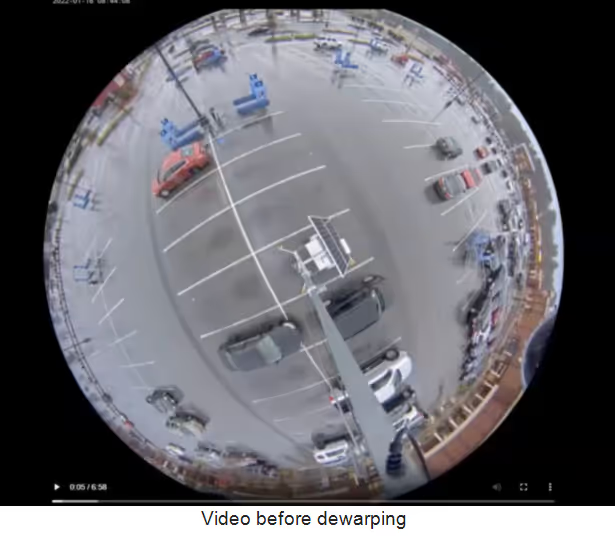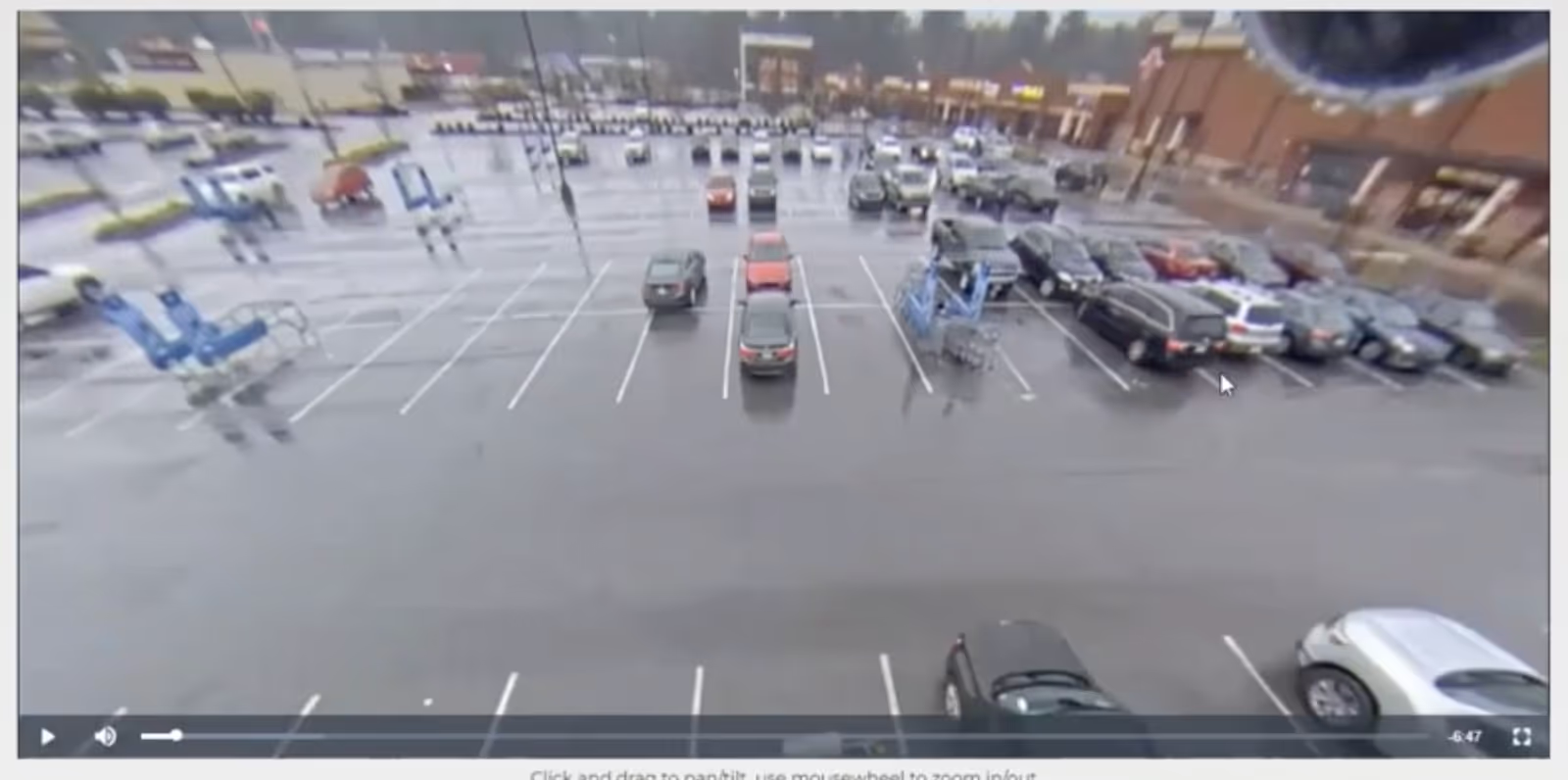The Benefits of Panoramic Cameras for Wide-Area Surveillance in Parking Lots

Panoramic cameras are a great option for large parking lots. Here's why.
Parking lots. They’re wide, open spaces with a steady and unpredictable stream of foot and vehicle traffic, no inherent infrastructure, and a high crime rate. Every aspect of a parking lot makes it naturally difficult to secure, but, if done correctly, that security can make a world of difference in crime prevention, criminal prosecution, and even feelings of safety in customers and employees.
As their name implies, security cameras are crucial to the security of parking lots, but they can also be expensive and time-consuming to install—especially when you need so many of them to cover such a large, wide-open area.
Enter the panoramic camera. Designed to eliminate blind spots and give a full, clear picture, the panoramic camera offers enhanced situational awareness, seamless monitoring of parking lot activities, and reduced installation and maintenance costs. Read on to learn more about panoramic cameras for wide-angle coverage of parking lot areas.
A 360° Experience
Panoramic cameras are designed give a much wider field of view than traditional cameras. Depending on the model of panoramic camera, it can offer field of view of 180 degrees, 360 degrees, or even 720 degrees. Because of its fisheye lens, this camera has no inherent blind spots.
The 360° view offers seamless monitoring of parking lot activities, allowing you to orient yourself to an incident’s location instantly. The panoramic views give end users enhanced situational awareness, something crucial for the safety and security of every monitored location.
Dewarping Technology
A panoramic camera’s natural fisheye orientation (which allows the single sensor to capture such a wide view) can be disorienting. That is why LVT Platform offers a dewarped version of the footage.

But what exactly is dewarping? The 360° fisheye view of a panoramic camera looks a bit like a bubble, distorting the edges of the image and making it somewhat difficult to see just what’s going on outside of the camera’s center of focus. This is where dewarping comes into play: dewarping software takes that warped image and flattens it, enabling you to zoom in and out, tilt up and down, and look left and right for the full, proportionate view of the recorded footage.

Noticeability
One small panoramic camera replacing several traditional fixed cameras is appealing for many reasons. One aspect of this is the more visually appealing aesthetic of fewer cameras around, but a recent study suggests that less obvious cameras actually reduce the effectiveness of the security cameras in the parking lot.
Using data from the ACCESS Taskforce and other research, the Loss Prevention Research Council (LPRC) created the See-Get-Fear model. This model explains that would-be perpetrators evaluate whether or not a crime is worth the risk; obvious security measures increase the risk factor of committing the crime, making it less likely that the would-be criminal will go through with it.
If a security camera isn’t a visible factor in their risk assessment, it wouldn’t change the would-be criminal’s likelihood of committing the crime. If, however, the security camera is attached to a large, obvious parking lot security tower, it is much more likely to convince the criminal to go elsewhere.
Security cameras are useful for providing evidence after the fact, but they can be just as helpful—if not even more helpful—when it comes to deterring crime in the first place.
LVT’s signature offering is the LVT mobile security unit, fully equipped with a camera mount, its own power source, and obvious law enforcement coloring—making it a perfect fit for the See-Get-Fear model. LVT Units are able to have up to three cameras attached to each individual unit, and the panoramic camera is a popular choice to have as one of those three. (The other two cameras have a narrower field of view but have other capabilities, such as livestream pan, tilt, and zoom, or a more distant range with optical zooming.)
Using a panoramic camera on an LVT Unit enables you to have fewer parking lot security towers in place while still having the same benefits of obvious security and effective camera coverage.
Cost Savings
One of the more difficult aspects of installing security cameras in parking lots is the lack of infrastructure that comes with wide-open lots. Where buildings naturally have infrastructure to support the direct installation of security cameras, parking lots do not, making it a costly endeavor that only gets more expensive the more cameras you add into the mix.
Fortunately, one panoramic camera can give you the viewing area offered by several traditional fixed cameras. This reduces your camera costs (by having to purchase fewer cameras), your installation costs (by needing less infrastructure put in), and even your licensing and maintenance costs.
To reduce your costs even further, consider looking into an LVT Unit, which is a completely self-contained and self-powered way to set up your panoramic camera.
Interested in trying a panoramic camera on an LVT Unit to see if it’s a good fit for your parking lot? Contact an LVT representative today for more information.



